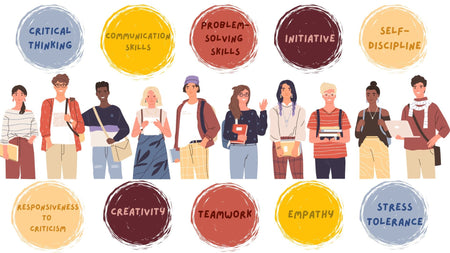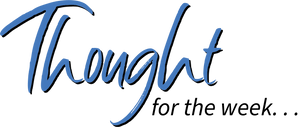Nine Strategies for Teaching Self-Management
Our students come to us with varying levels of self-management skills and understanding of the importance of self-regulation. Many students do not have good self-management models in their lives to emulate. For others, school has been a place where students wait to be told what to do, how to do it, when to do it, and what is good enough, so they have not seen the need for or been expected to build a self-management skill set. Nevertheless, building the skills necessary to manage oneself is crucial to school and life success.
The benefits associated with high levels of self-management skills are numerous. Students achieve greater academic success when they are organized and able to identify and work toward important goals. Behavior improves when students learn to self-reflect and make conscious, proactive choices rather than react. Students form better and more lasting relationships when they can regulate their emotions and navigate conflicts. Self-management skills and habits also contribute to improved mental health by enabling students to manage stress, become more resilient, and experience greater agency in life.
Regardless of the presence and strength of the self-management habits and skills our students possess, there are steps we can take and strategies we can employ to help them to become more successful academically, socially, and emotionally. Here are nine research- and experience-tested places to start:
- Coach self-reflection. Reflection is among the most powerful elements for developing the skill of self-management. Without reflection, many otherwise useful strategies may be left untapped. We can help students self-reflect by asking open-ended questions about their experiences, how they might shift their thinking, or changes they might make to their approach to achieve greater success. Having students journal about their experiences can be helpful. Interestingly, having students give advice to each other about challenges and problems they face can often stimulate reflection about their own behavior and choices.
- Teach students to set goals and develop action plans. The SMART (Specific, Measurable, Achievable, Relevant, and Time-bound) goal framework can offer a useful approach to making goals clear and attainable. Goals might relate to academic performance, behavior, or other elements on which students can focus and improve. Some students may also need strategies for breaking large tasks and projects into manageable tasks and steps. As students track their growth and improvement, they become more aware of the connection between their efforts and success and feel greater ownership for outcomes.
- Give students opportunities to make meaningful choices. We need to be certain that the choices we offer matter to students, are legitimate, and are not between clearly attractive and unattractive options. Then, we can coach students to assume ownership for what they have selected; living with a choice that is not optimal can teach an important lesson about decision making. Of course, there are times when revisiting and changing a choice may be justified.
- Teach students to motivate themselves. We often think about motivation as something we attempt to do to students. However, the most powerful form of motivation originates within students themselves. For example, we can help them to find meaning and purpose in their learning. We can encourage them to tap areas of current interest. We can have them focus on their own self-selected goals. Motivation is both a choice and a skill. Learning ways to motivate oneself is a powerful success strategy that can last a lifetime.
- Introduce strategies for recognizing and managing emotions. We can start by giving students the language to describe their emotions. If we are working with young students, we might consider using a feelings chart to help them identify what they are experiencing. As students become more aware of the complexity of their emotions, we can teach calming strategies for managing emotions such as taking a break or practicing breathing techniques.
- Teach the importance of delayed gratification. Some students are naturally better at working toward a reward or waiting for something important or attractive to them. However, delaying gratification is a learnable skill. We can have students practice the subskills associated with delayed gratification such as staying focused, remaining motivated, and demonstrating stamina. We might work with students to create a contract or identify a reward at the end of a task or project. We could have students practice techniques to manage eagerness and anxiousness associated with delayed gratification. Additionally, consider pairing delayed gratification with goal setting and progress monitoring to encourage patience and persistence.
- Praise efforts and progress over talent and innate ability. Our goal in developing self-management is to have students take greater control over themselves and assume greater ownership for their behavior. When we emphasize the talents students possess and the innate ability they demonstrate, we are focusing on elements over which students have limited control. On the other hand, students determine the type and amount of effort they invest, and the progress they achieve is a result of their investment.
- Cultivate resilience. We can remind students that setbacks and failure are opportunities to learn and improve. We can coach students to view challenges as invitations to grow new skills and develop new strategies. Further, more than simply bouncing back, we can teach students that the real goal should be to come back even stronger.
- Be a visible model. It would be a great idea to share with students some of the ways in which we practice self-management. As examples, we might share some of our goals, time-management techniques we practice, routines we follow, and organizational strategies we find useful. We might even talk with students about how we manage stress and control our emotions. Our modeling can offer a powerful example for students to follow.
Self-management skills may not be present in the formal curriculum we are responsible to teach. However, the time we invest in helping students to become skilled self-managers can pay rich dividends in improved behavior, academic progress, and higher levels of confidence.
















